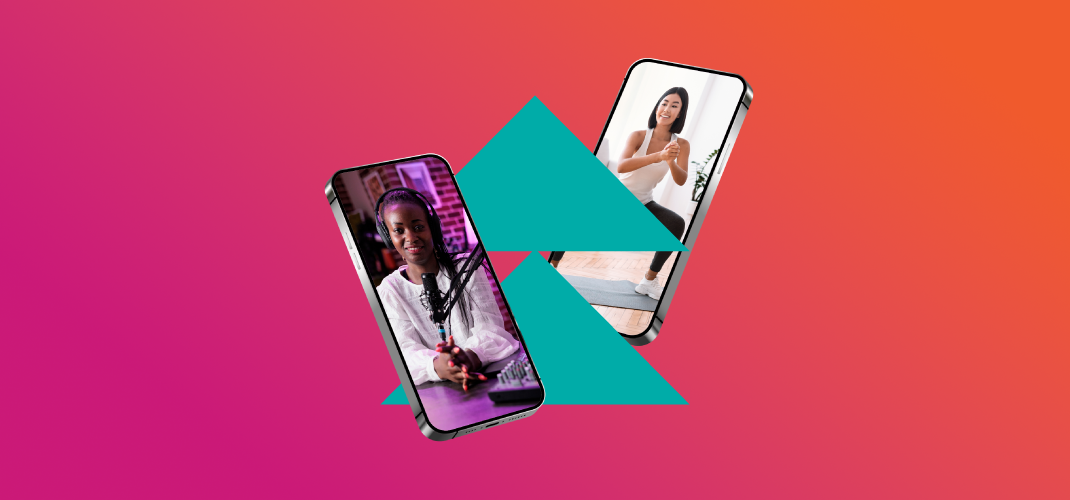Content creators can’t make money – here’s why

Being platform agnostic is viewed as a positive strategy for content creators. But is it as simple as that? Is it even possible?
“I don’t think you can be [platform] agnostic,” claimed GE Beauty founder Camila Coutinho, on stage at Web Summit, when advocating a varied approach to social media content production.
“Because you cannot get the same content and spread it across all platforms … you have to create a different thing for each platform, and that costs time and [brainpower],” Camila added.
As a long time influencer – and self-proclaimed “grandma for blogging” – Camila knows where GE Beauty’s audience is. “[They are] a little bit older … so they are mostly on Instagram. I prefer to focus there and then spread my message on the other platforms.”
Likening platform loyalty to the game ‘kiss, marry, kill’, the CEO said: “I would marry Instagram because they are always there at the end of the day. Maybe kiss TikTok, because we’re still flirting.”
As a more recent content creator, former Olympian Christine Peng-Peng Lee has a different experience: “I probably would marry TikTok just because it’s been so good to me.”
However, this kind of platform loyalty has its problems. A cautionary tale is TikTok’s US$2 billion creator fund that was shut down in December 2023. This fund was aimed at short-form content – the really viral stuff, including transitions (the hand swipe or finger snap) – that is under 60 seconds in length and designed to spread like wildfire across the platform.
These short videos often bring overnight fame and income to the creator. But with TikTok’s decision to end the fund, a once assured revenue stream dried up overnight.
This type of content had become bread and butter for many creators, including Christine, who said, “short form – that was kind of my niche. I do a lot of transitions”.
How is Christine dealing with the scrapping of the creator fund and the introduction of the new Creativity Program, which requires creators to make videos that are longer than a minute if they want to monetize them?
“I am dealing with it on a daily basis. I’ll be very honest, it’s one of those things I’m still figuring out,” explained the former Olympian.
Christine referred to this change as a “fun challenge” that pushes creators to try new things. But coming into 2024, making a living as a content creator is becoming a tricky balancing act between carving out a niche and ensuring you’re not too dependent on any one strategy or platform.